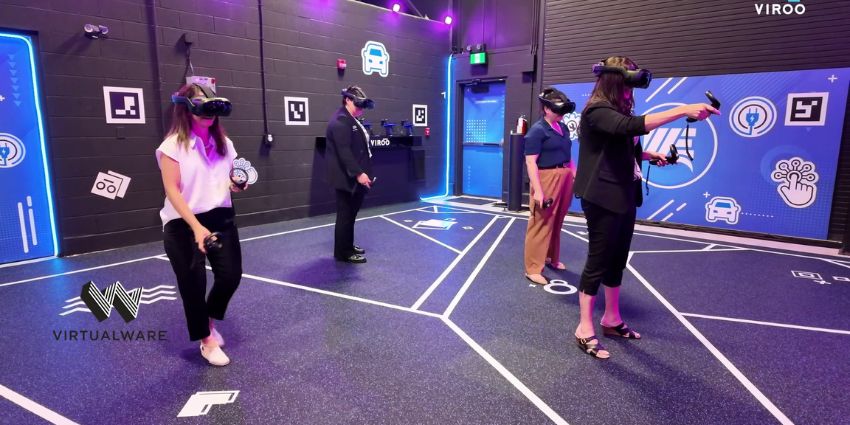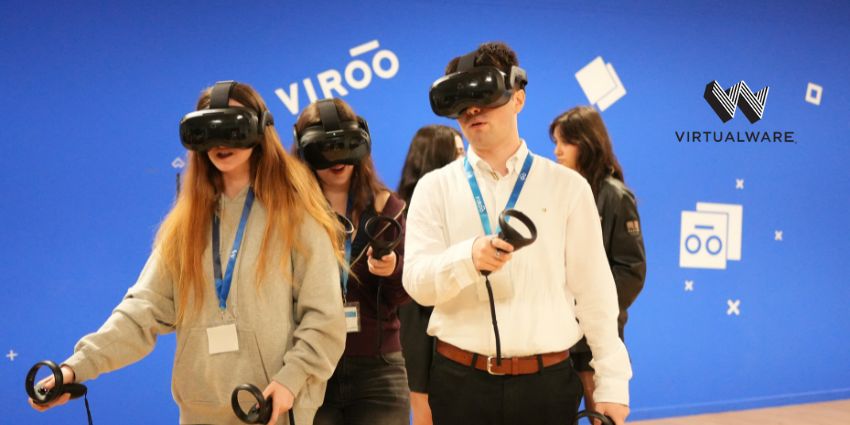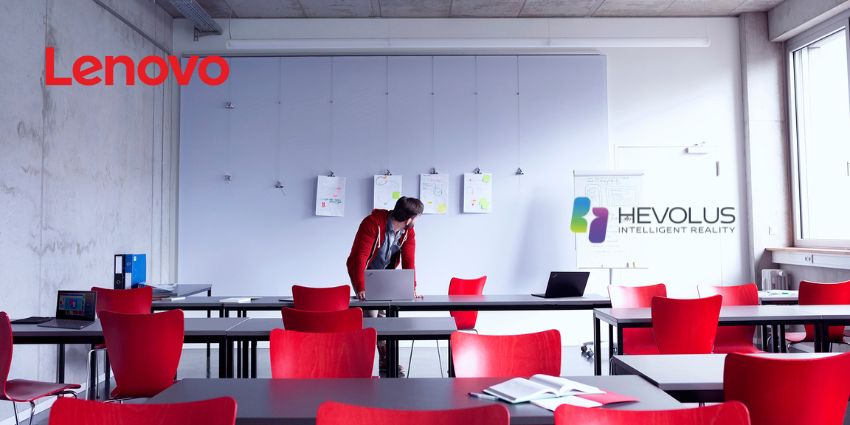Virtual reality, or VR, is probably the best-known facet of Extended Reality in the current landscape. With virtual reality technology, it’s possible to create and experience new digital worlds. For most people, the initial experience they had with virtual reality was in the entertainment landscape.
Over the last few years, we’ve seen a rapid increase in the number of VR headsets for consumers, designed to make games and entertainment more immersive. However, there’s more to VR than just fun and games. The VR industry as a whole is set to increase to a value of $16 billion by 2022, and a significant segment of that growth belongs to the enterprise space.
With VR, companies can now create immersive training experiences and collaboration opportunities for team members working in a new landscape.
The Rise of Virtual Collaborative Environments
A collaborative virtual environment is the natural next step in digital collaboration. Although the desire for these tools was already mounting before the COVID-19 pandemic, the rise of things like social isolation and distancing has prompted a greater need for VR. As employees tire of video conferencing and online messaging, VR opens the door to a more impressive overall experience.
Examples of virtual collaboration environments may include:
- Virtual meeting rooms where avatars of employees can connect to discuss challenges, work on projects, and tackle complex tasks
- Virtual building environments, where employees can design new products and experiment with designs in a 3D environment
- Training spaces designed to replicate real-life environments that would be dangerous or difficult for team members to access in reality
- Sales environments where employees can introduce customers to the features and capabilities of products for better onboarding and value demonstrations
- Social spaces where remote workers can come together to learn new things, share information, and strengthen bonds
A collaborative virtual environment is any virtual landscape built with the distinct aim of bringing people together to work towards a shared goal. Already, organisations from various backgrounds are experimenting with VR environments for marketing, consumer interaction, education and training solutions, product development, and more.
Why Do We Need Collaborative Virtual Environments?
So, why is interest and investment in CVEs (Collaborative Virtual Environments) growing so significantly at present? Part of the reason for the growth comes from the 2020 pandemic and the fact that employees now need to find better ways of working together when they don’t share the same physical space. Though video conferencing services and online screen or file-sharing tools are helpful, they don’t offer the face-to-face interaction we get in the real world.
Virtual collaborative environments bridge the gap between team members, regardless of where they are while empowering them with the tools and resources they need to work more effectively together. This is in direct contrast to the static, somewhat old-fashioned way of working that involves sending emails or messages online. A collaborative virtual environment pulls people together wherever they are for greater levels of productivity and communication.







